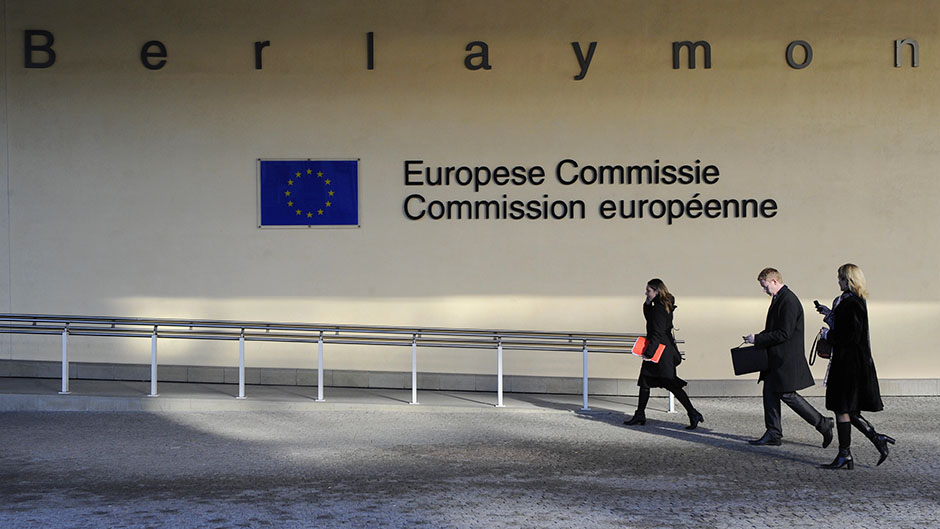
The European Commission presented its draft 2021-27 Cohesion Policy in Zagreb on Tuesday, with the plan allocating a 5.6 percent reduction in funds earmarked for Croatia, although it also presented simplified and more flexible rules for using EU funding.
In May the European Commission proposed a financial framework for the 2021-27 budget period, which is nominally a little higher compared to the previous one, albeit it set aside less funding for EU's cohesion policy and for agriculture.
The cohesion policy is the main financial instrument designed to help less prosperous regions in the EU catch up with developed regions. As such, the major part of the funding is invested in the poorest regions with a GDP under 75 percent of the EU average, even though all regions are eligible to apply for cohesion funds.
The new draft framework focuses on five investment priorities in which the EU can achieve the best results: innovations and digital technologies, eco-friendly projects with help reduce carbon emissions, a more connected Europe, a more social Europe, and a Europe that is closer to citizens.
Investments in regional development will strongly focus on the first and second objectives, with 65-85 percent of funding allocated for these priorities.
European Commission's Director for Regional and Urban Policy, Vitttoria Alliata di Villafranca, said in a news conference that the key thing in the new proposed policy were simpler rules to make access to funding easier.
She said that the cohesion budget had to be reduced because of Brexit, as the United Kingdom was a considerable contributor to the EU's common budget, but also because of new priorities such as security, protection of EU's external border, and the migrant crisis.
As far as Croatia is concerned, in the 2021-27 period it will receive 5.6 percent less funding from the cohesion policy, said the senior official at the Regional Development Ministry, Velimir Zunac.
Villafranca said that it although it is true that Croatia would be getting less funding, its allocation decreased less than the overall budget, which has been cut by 10 percent.
Zunac added that increased co-financing rates were unacceptable to Croatia as the youngest member of the EU. The EU had previously provided 85 percent of the finances required for projects, with member states applying for funding providing the rest. Under the new framework, the EU's contribution has been reduced to 70 percent.
In the current 2014-20 budget, Croatia had €10.7 billion at its disposal, while in the new framework it should have about €9.8 billion, Zunac said, adding that these were not final figures.
He added that Croatia has given its opinion on the proposed budget, and said that it was less affected by the cuts than other countries.
Follow N1 via mobile apps for Android | iPhone/iPad | Windows| and social media on Twitter | Facebook.
Kakvo je tvoje mišljenje o ovome?
Pridruži se raspravi ili pročitaj komentare



 Srbija
Srbija
 Bosna i Hercegovina
Bosna i Hercegovina
 Slovenija
Slovenija







